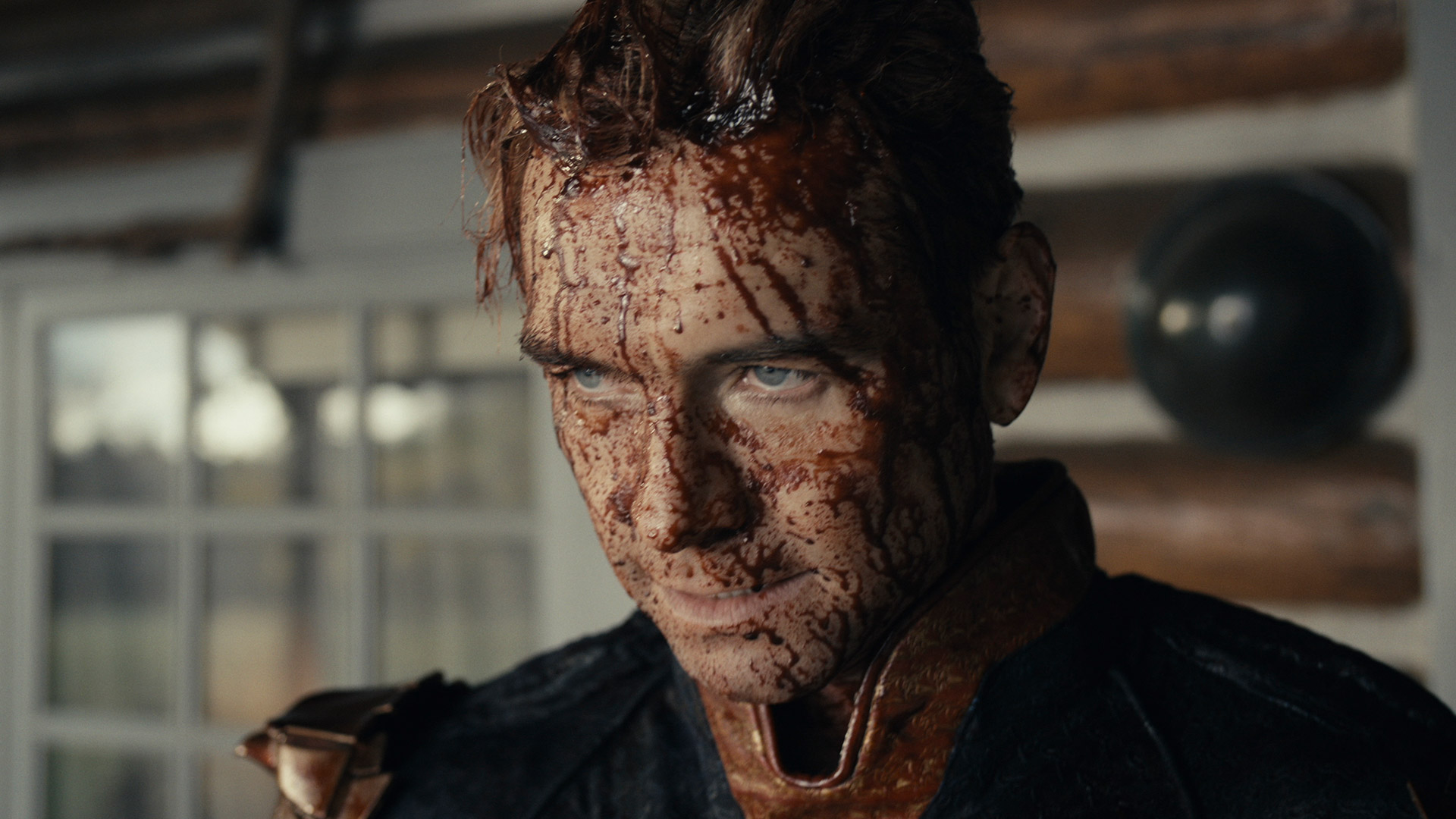Prime Video has quietly doubled the amount of advertising it shows paying customers. According to AdWeek, the initial ad load of two to three and a half minutes of ads per hour is now sitting at four to six minutes.
I’m not surprised: Amazon told investors last year that it’d be ramping up the volume of ads, and introducing new ways to annoy you when you pause or browse. But as one of the subscribers who’ll be seeing these ads, I’m really not sure if I’ll stay and pay for a service that’s getting worse, and that I expect will continue to get worse.
The fact I’m in the UK is worth noting here. I’ve seen lots of reports saying “hey, you know, it’s not as bad as US broadcast TV, amirite!”. But I’m from a place where TV advertising is a lot more civilized. Sure, US viewers have long been exposed to 13 to 16 minutes of ads per hour. But here in the UK, the regulator says that the main broadcasters – including the commercial broadcasters ITV, STV and UTV – can only average seven minutes per hour.
That means Amazon can still keep its promise to show fewer ads than the “linear TV” networks it competes with in the US while increasing the ad load to show vastly more advertising than UK broadcasters show. And those broadcasters don’t charge me a monthly subscription to watch their ads.
This isn’t just a Scot complaining about US-style ad stuffing, although I am absolutely doing that. It’s also about the problem of tech firms trying to make more money by making their products worse.
Here’s why streaming is broken
I’ve been writing about digital media, file sharing and streaming for a very long time, and what made streaming successful was simple: it was less of a pain than piracy. Sure, you could poke around The Pirate Bay or use a peer to peer app, but why bother when you had Netflix right there? One flat fee, tons of great things to watch, no ads: a no-brainer.
But of course we don’t just have Netflix now. What we have instead is endless streamers with stockholders who want growth, growth and more growth in a market that’s oversaturated at a time where the cost of everything is soaring and people’s incomes aren’t.
If you can’t win over new customers, you can squeeze the ones you’ve got harder. And again and again that appears to be the option that tech firms prefer: password crackdowns and ads and price hikes and ads and less choice and ads and reduced video quality and ads and no Atmos without an upgrade and ads and ads on the ads on the ads on the ads.
Here in the UK we have an airline people love to hate, Ryanair; the US equivalent is probably Spirit. But while the low-cost airlines are widely hated, we still use them because there’s not really an alternative – so they can throw away the seats and make the baggage allowance the size of a Coke can and maybe start to fill the airplane with snakes and honey badgers and mustard gas mid-flight and we’ll put up with it because there’s no other option.
But that’s not true of streaming.
There are lots of other options for viewers, albeit not with the exact same shows. But for the shows you can’t get, there’s piracy – often in full quality and HDR with Atmos and no ad breaks.
I’m not here to argue the legality (it’s illegal in most places) or the morality (it’s bad) of piracy. But as someone who’s been covering online media since the 1990s, who lived through the file sharing wars, I can promise you that what made piracy effectively disappear wasn’t Metallica suing high schoolers or ISPs banning the odd kid. It was Spotify, and then it was Netflix.
The best streaming services beat piracy because bingeing Breaking Bad on Netflix was less hassle and a much better experience than assembling the episodes via The Pirate Bay.
Is that still true?
And if it is, for how much longer?
You may also like
Read the full article here














